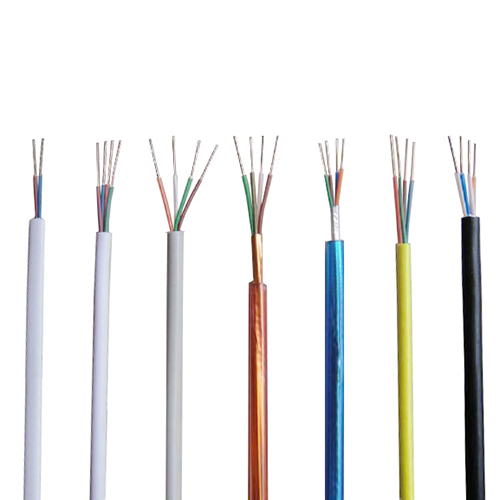Construction and classification of cables
According to its structure and function,
cables can be divided into power cables, control cables, telephone cables, radio frequency coaxial cables, mobile flexible cables, etc.
The basic structure of the cable is mainly composed of three parts: the transmitting power conductor; the insulating layer to ensure the core of the power transmission line, the core is electrically isolated from the outside; the protective layer to protect the sealing function, the insulating layer is free from immersion and no external damage, so that the insulation performance is improved.
1. Cables are classified by voltage class.
Power
cables are generally available at a certain voltage level, with 0.5kV, 1, 3, 6, 10, 20, 35, 60, 110, 220 and 330kV voltage classes. Among them, power cables with a voltage level of 1kv are commonly used. The main power lines of large and medium-sized buildings often use power cables with voltage levels of 3 to 35kV. 330KV voltage level power
cables are used for improper transmission lines such as overhead conductors, as well as at river ferries and seabeds. Voltage can be divided into low-voltage cables (below 1KV) and high-voltage cables (greater than 1KV). From the construction process requirements, cable joints, structural characteristics and operation and maintenance of cable terminals, it is divided into low-voltage power cables, medium-voltage power cables (1-10kV) and high-voltage power cables.
2. Cable core section division
The conductive core wire of the power cable is made according to a certain nominal cross-sectional area, which is convenient for manufacturing, design and construction selection. The nominal cross-sectional area of power cables in China is 2.5, 4, 6, 10, 16, 25, 35, 50, 70, 95, 120, 120, 120, 120, 120, 120, 600mm2, etc. Specifications for high voltage oil filled cables with nominal cross-sectional area of 100, 240, 400, 600, 700 and 845mm2. Multiconductor
cables are based on the cross-section of the cross-section.
3. According to the number of cores
The cable has 1 to 5 cores and 5 cores. Single-core
cables are used to transmit single-phase alternating current, DC and special occasions (high voltage motor drive output line). Oil-filled, gas-filled high-voltage cables with single cores for voltage levels of 60kV and above. Two core cables are used to transmit single-phase alternating current or DC. Three-core cables are used in three-phase AC power grids and are widely used in cable lines below 35kV. Four-core cables are used in low-voltage distribution lines, neutral point grounding mode and TT mode of TN-C power supply system. The five-core cable is used for the low-voltage distribution line and grounding of the TN-S power supply system, and the two-core and four-core low-voltage 1kv cables are used.

